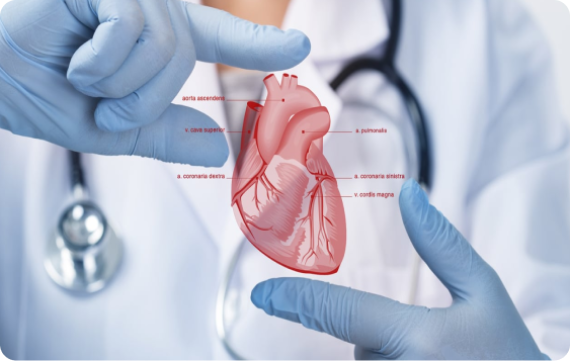

Did you know that cervical cancer is the most treatable cancer in women, if diagnosed early? Recognizing early signs/symptoms of cervical cancer and getting an early diagnosis significantly increases your chances of a successful outcome. Unfortunately, most women often do not catch on to these symptoms until in the late stages of the cancer. If you are wondering what these symptoms are, then this blog is here to guide you through various signs to look out for, along with a few handy prevention tips.
What is Cervical Cancer?
Cervical cancer is a type of cancer that occurs in the cells of the cervix, which is the lower part of the uterus connecting to the vagina. It is typically caused by persistent infection with high-risk types of human papillomavirus (HPV), a common sexually transmitted infection. There are two main types of cervical cancer:
What are the Four Stages of Cervical Cancer?
Initially beginning with a precancerous phase of intraepithelial neoplasia (CIN 1,2 and 3), cervical cancer progresses through four main stages, each indicating how far the cancer has spread. Understanding these stages can help you recognize the signs and symptoms and seek timely medical intervention.
Stage I
Cancer is confined to the cervix. In this early stage, the tumor is small and hasn't spread to nearby tissues. Symptoms may be minimal or even absent, but some women may experience irregular vaginal bleeding or unusual discharge.
Treatment typically involves surgery to remove the cancerous tissue, and sometimes radiation therapy or chemotherapy is used to ensure all cancer cells are eradicated.
Stage II
Stage II means that the cancer has grown beyond the cervix and uterus but hasn't spread to the pelvic walls or the lower part of the vagina. Symptoms may become more noticeable and can include increased vaginal discharge, bleeding after intercourse, and pelvic pain.
Treatment often involves a combination of radiation therapy and chemotherapy to target cancer cells in a broader area. Surgery is feasible in a selected group of patients with small tumor sizes.
Stage III
When cervical cancer reaches Stage III, it has spread to the lower part of the vagina or the pelvic walls and may affect nearby lymph nodes. This stage can also cause kidney problems if the cancer blocks the flow of urine. Symptoms are more severe, including significant vaginal bleeding, pelvic pain, and issues with urination and bowel movements.
Treatment usually involves a more aggressive combination of radiation therapy and chemotherapy to manage the cancer's spread.
Stage IV
Stage IV is the most advanced stage, indicating that the cancer has spread to other parts of the body, such as the bladder, rectum, or distant organs like the lungs and liver. Symptoms are severe and may include intense pelvic pain, difficulty with urination or defecation, leg swelling, extreme fatigue, and weight loss.
Treatment focuses on relieving symptoms and improving quality of life through methods such as chemotherapy, radiation therapy, and targeted therapies.
